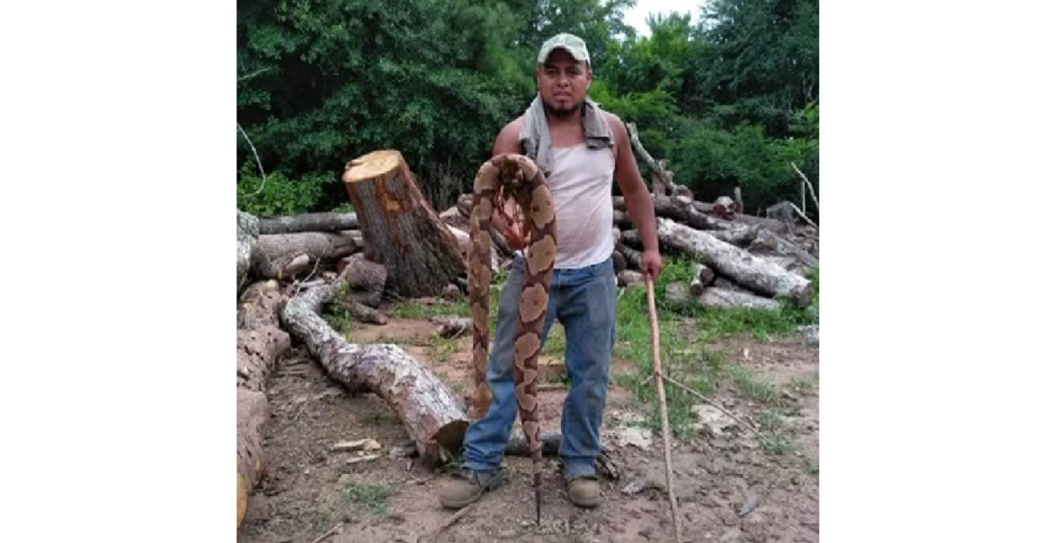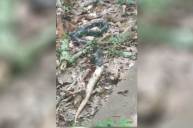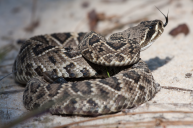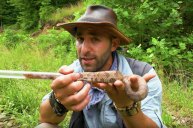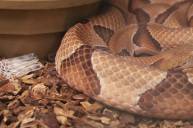The employee of a tree service in Cherokee County, Georgia got the shock of his life when he was removing a pile of dead timber from the back of the tree service's property back in 2018.
Amber Barnhart and her husband, Chase Curtis, the owners of C & C Tree Service, told the Atlanta Journal-Constitution that the employee was loading a truck when two copperhead snakes appeared, one measuring nearly three feet long. They're a terrifying reminder to be careful while working around woodpiles and rocky areas where snakes—sometimes, huge snakes—are hiding.
Barnhart and Curtis made the decision to try to catch the deadly reptiles. Barnhart said there was no doubt about killing the snakes if they caught them, as she and her family reside on the property and copperheads are well known to be dangerous.
The group managed to kill one of the snakes, but when they tried to run over the second one, the snake escaped into a woodpile. Curtis and another employee skinned the copperhead they caught, according to the Atlanta Journal-Constitution. The snake turned out to be a pregnant female carrying nine eggs and measuring an incredible 32 inches long.
The University of Georgia notes that most copperheads are between 24 and 30 inches long, though the largest on record was an impressive 53 inches long. Despite some claims that this particular Georgia copperhead was too big to be real, it seems this was very much a copperhead that just happened to be well above the average size.
According to the Georgia Department of Natural Resources, Georgia is home to 46 native species of snakes, though only seven are venomous: the copperhead, the eastern cottonmouth, the Florida cottonmouth, the eastern coral snake, the eastern diamond-backed rattlesnake, the pigmy rattlesnake, and the timber rattlesnake. Copperhead bites can be extremely painful but are rarely fatal unless the victim is a child or has a compromised immune system.
If you're in copperhead territory, remember a few key safety precautions, according to the Virginia Herpetological Society:
- Look on the far side of logs before stepping over.
- Be extra-cautious in rocky terrain.
- Don't put your hands or feet where you can't see.
- Avoid walking through thick vegetation that limits your vision.
While it may be easy to see why the family chose to dispatch this particular snake, it's often illegal to kill or target wildlife, including venomous snakes, without a permit. Make sure you've read your state's regulations before killing a snake, and be sure you know how to identify and avoid them before you actually encounter one.
